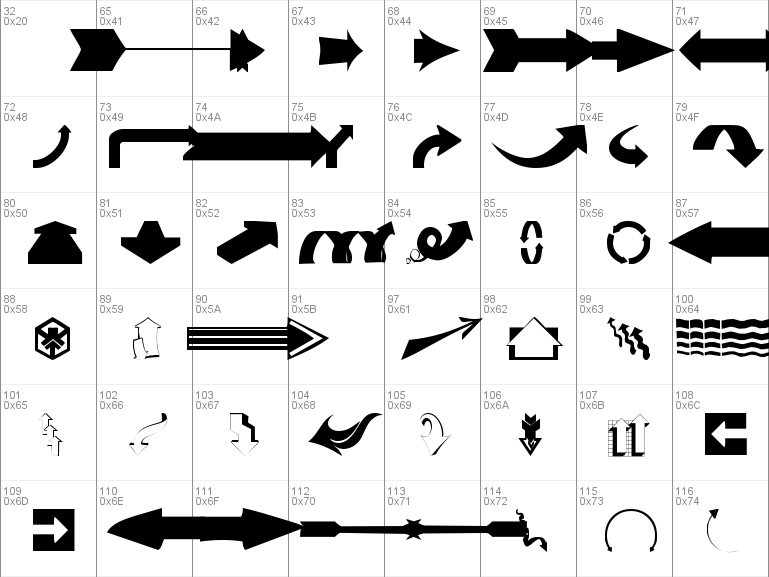
Machine Learning for Materials Scientists: An introductory guide towards best practices. Finding the Next Superhard Material through Ensemble Learning. Encyclopedia of Inorganic and Bioinorganic Chemistry 2021. Machine Learning in Solid State Chemistry: Heusler Compounds.

Journal of Solid State Chemistry 304, 2021, 122585. Three Rh-rich ternary germanides in the Ce–Rh–Ge system. Computational Materials Science 195, 2021, 110452. Preface to the special issue on machine learning and data-driven design of materials issue in computational materials science. Ternary rare-earth-metal indides RE 23Ni 7In 4 (RE = Gd, Tb, Dy) with Yb 23Cu 7Mg 4 -type structure Inorganic Chemistry 60, 2021, 17900–17910. Trends in bulk compressibility of Mo 2- xW xBC solid solutions. Tie-Dyeing with Foraged Acorns and Rust: A Workshop Connecting Green Chemistry and Environmental Science. Green Chemistry – New Perspectives, IntechOpen: Rijeka, 2022. Green Chemistry applied to Transition Metal Chalcogenides through Synthesis, Design of Experiments, Life Cycle Assessment, and Machine Learning. Revealing hidden patterns in binary rare-earth intermetallics RX through chemical intuition and interpretable machine learning. Explainable machine learning models in solid state chemistry: finding descriptors for Decision Trees using Decision Trees. Publications as an assistant professor (Manhattan College affiliation)ĥ7. Selvaratnam, B. Polished samples are tested with Vickers hardness tester to probe synthesized intermetallics. Gradually changing the composition of a given compound, we can make the bonds in the structure stronger, and as a result, improve the hardness. Mechanical property optimization: We improve hardness and mechanical wear resistance of the materials that will be used for cutting, drilling, and polishing in industry. DFT and machine-learning methods are useful to guide our synthetic efforts. Working with precious or radioactive elements we need to confirm that a new compound is highly likely to form in a given system. We use arc-melting synthesis, sintering, or metal flux crystal growth to make the phase and study its structure with X-ray diffraction method. We experimentally search for a crystalline intermetallic material, which can contain uranium surrounded by effective neutron absorbers ( e.g., Eu and Gd) in the coordination polyhedra.Įxploratory synthesis: New compounds could be found serendipitously, with a systematic phase-diagram study, or predicted with machine learning. Solid state chemistry proposes a solution to this problem in an elegant way: isolating waste in a crystalline material. No matter how radioactive elements are used, humanity did not yet find the most effective way to deal with physical objects that were in contact with radioactive elements. Uranium-containing intermetallics: Radioactive elements are used in curing cancers, generating energy, or even as a warfare tool. Once the structure is predicted, experimental validation takes place to confirm the proposed structure. Machine-learning methods help analyzing scientific reports, crystallographic database, and high-throughput DFT results to find systematic trends that govern formation of a particular structure. Machine-learning structure prediction: Discovering new compound is a challenge.


Some of the projects that you might be interested in are listed below. Intermetallics could be used in energy conversion devices, electronics, magnets, or drill bits. Single crystal and powder X-ray diffraction helps us to determine the structures of intermetallic solids. Intermetallics are compounds formed by metals or metal-like elements and adopt complex atomic arrangements in their structures due to metallic bonding interactions. Specifically, in our group, we predict with machine-learning and systematize crystal structures of intermetallic compounds containing rare-earth elements and uranium, with the intention to synthesize these phases. Solid state chemistry is the study of composition-structure-property relationship of solid phase materials.


 0 kommentar(er)
0 kommentar(er)
